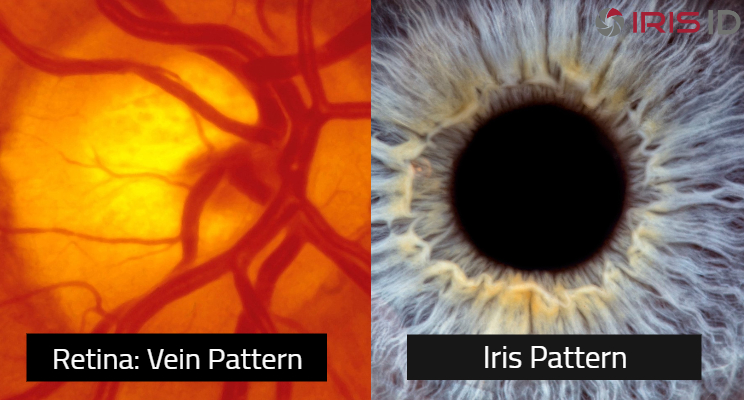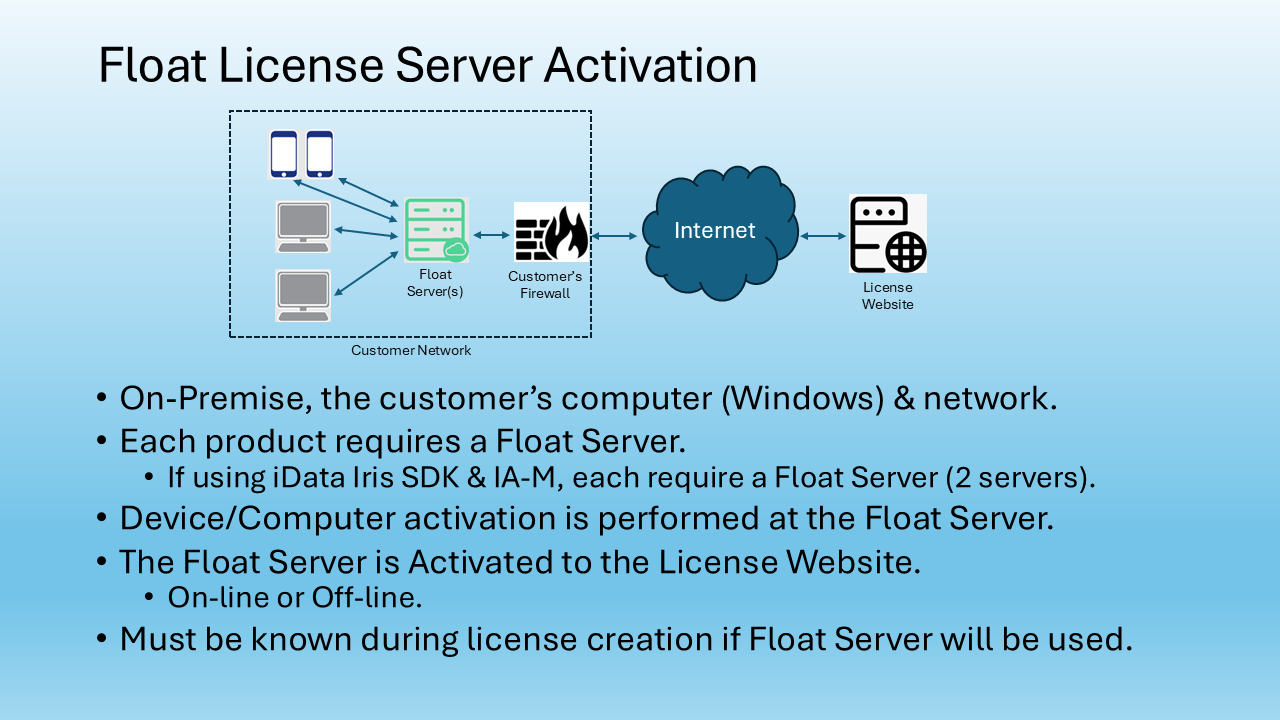By Mohammed Murad
There are a lot of misconceptions surrounding biometric technology. One of the most basic is the confusion about iris recognition and retinal scans. A surprising number of people use these terms interchangeably. While both involve parts of the eye, they are very different.
Not the same part of the eye
The iris is the colored part of your eye surrounding the pupil. It’s a muscle that controls the size of your pupil and how much light it lets into the eye.
The retina is not a visible part of the eye. It is a thin layer of nerve tissue lining the back of the eyeball near the optic nerve. It senses the light entering the eye and sends signals to the brain to interpret it.
Iris Recognition
Iris recognition looks at the unique patterns in the iris. Because the iris is visible, the process of enrolling and identifying people is simple. To enroll an iris or irides, a person stands at distance from the iris recognition camera which uses an infrared camera (similar to a regular camcorder) to take a digital photo of the iris. The video image is converted into a 512-byte digital template and stored in a computer database. The process takes less than two seconds and doesn’t involve any bright lights or contact. Verification after enrollment takes less than a second.
Most biometrics vary over time. Fingerprints are affected by manual labor, growth and injury. Voices and facial structure change as people age. But the iris is extremely stable. The iris is formed and remains constant after birth. This makes the technology ideal for enrolling children — one enrollment for life time.
Retinal Scans
A retinal scan looks at the complex network of vessels that supply the retina with blood. A special scanning device is used to shoot a beam of light into the eye. To enroll, a person must be positioned very close to the scanner – much closer than for iris recognition.
The retina is generally stable throughout a person’s life, but its patterns can be altered by glaucoma, diabetes and retinal degenerative diseases.
Ocular biometrics today
Because it’s accurate, stable, non-invasive and fast, iris recognition is used extensively across the globe. It is utilized for access control, time-and-attendance, cybersecurity, border protection, citizen identification and more. Retinal scans are used primarily by ophthalmologists and optometrists for eye exams. They are rarely used for security and identification because they are more invasive and expensive and the retina is subject to change over time.
One last thing to consider – people often refer to iris recognition technology as an iris scan. Unlike retinal scans, there is no scanning involved. It is simply taking a picture of your eye.
So, next time you come across someone talking about retinal scans – and it doesn’t refer to an eye exam – you’ll know they are probably referring to iris recognition.


